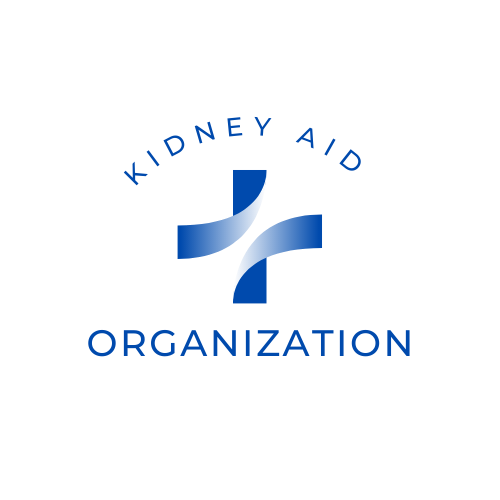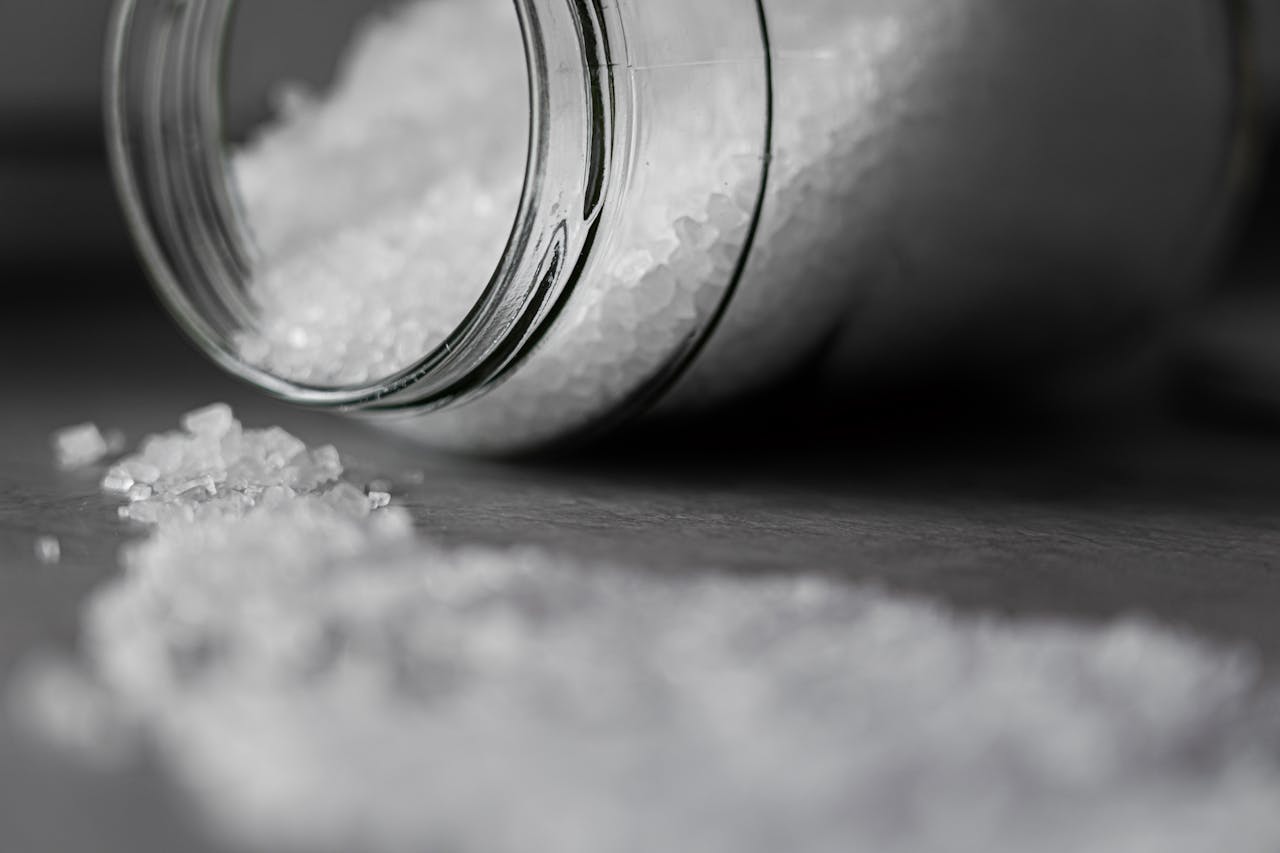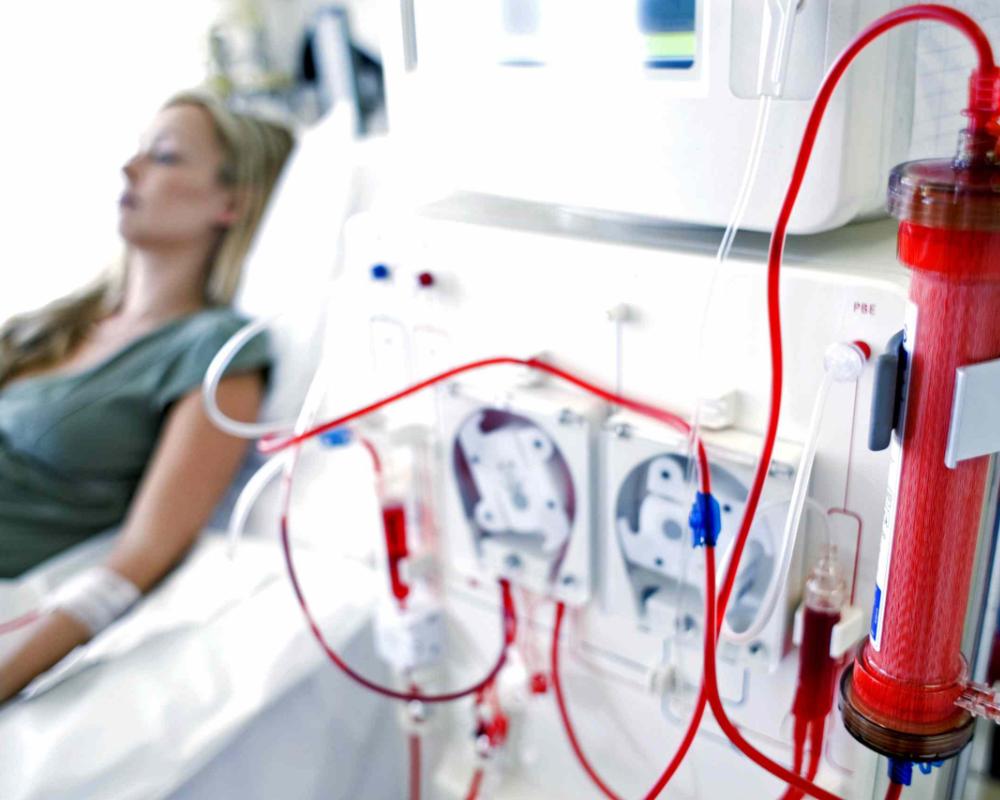Navigating a diagnosis of chronic kidney disease (CKD) can feel overwhelming, especially when it comes to diet. You've likely heard the advice: "cut back on salt." But what does that really mean, and why is it so important?
A low sodium diet is a cornerstone of managing kidney disease. Your kidneys are responsible for filtering waste and excess fluid from your blood, and a high sodium intake puts a significant strain on this process. Too much sodium leads to fluid retention, which can cause swelling and, most critically, an increase in blood pressure. High blood pressure is both a cause and a common complication of CKD, and it can accelerate kidney damage and increase your risk of heart problems.
Understanding Sodium's Role in Kidney Health Sodium is an essential mineral, but in the context of kidney disease, its benefits are easily outweighed by its risks. Healthy kidneys can regulate sodium levels with ease. However, as kidney function declines, they struggle to remove excess sodium. This leads to a build-up of sodium and fluid in the body, a condition known as hypervolemia.
This fluid overload puts extra pressure on your blood vessels, leading to hypertension, or high blood pressure. Over time, this constant pressure damages the delicate filtering units in your kidneys (glomeruli), worsening the condition. This creates a vicious cycle: kidney disease causes high blood pressure, and high blood pressure further damages the kidneys.
Breaking this cycle with a kidney-friendly diet that limits sodium is one of the most effective ways to slow the progression of CKD and protect your cardiovascular health. How Much Sodium is Too Much? For the average adult, the recommendation is to consume less than 2,300 milligrams of sodium per day. For most kidney patients, this limit is much lower, often around 1,500 to 2,000 milligrams.
Your specific daily sodium target will be determined by your doctor or a registered dietitian, so it's crucial to follow their personalized advice. To put this in perspective, just one teaspoon of table salt contains about 2,300 milligrams of sodium. This illustrates just how quickly sodium can add up.
Spotting the Hidden Culprits: Where is Sodium Lurking? Many people think a low sodium diet simply means putting away the salt shaker. While that's a good start, the reality is that the vast majority of our sodium intake comes from processed and packaged foods, not what we add at the dinner table. To successfully implement a low sodium meal plan, you must become a master of reading food labels.
A low sodium diet is a cornerstone of managing kidney disease. Your kidneys are responsible for filtering waste and excess fluid from your blood, and a high sodium intake puts a significant strain on this process. Too much sodium leads to fluid retention, which can cause swelling and, most critically, an increase in blood pressure. High blood pressure is both a cause and a common complication of CKD, and it can accelerate kidney damage and increase your risk of heart problems.
Understanding Sodium's Role in Kidney Health Sodium is an essential mineral, but in the context of kidney disease, its benefits are easily outweighed by its risks. Healthy kidneys can regulate sodium levels with ease. However, as kidney function declines, they struggle to remove excess sodium. This leads to a build-up of sodium and fluid in the body, a condition known as hypervolemia.
This fluid overload puts extra pressure on your blood vessels, leading to hypertension, or high blood pressure. Over time, this constant pressure damages the delicate filtering units in your kidneys (glomeruli), worsening the condition. This creates a vicious cycle: kidney disease causes high blood pressure, and high blood pressure further damages the kidneys.
Breaking this cycle with a kidney-friendly diet that limits sodium is one of the most effective ways to slow the progression of CKD and protect your cardiovascular health. How Much Sodium is Too Much? For the average adult, the recommendation is to consume less than 2,300 milligrams of sodium per day. For most kidney patients, this limit is much lower, often around 1,500 to 2,000 milligrams.
Your specific daily sodium target will be determined by your doctor or a registered dietitian, so it's crucial to follow their personalized advice. To put this in perspective, just one teaspoon of table salt contains about 2,300 milligrams of sodium. This illustrates just how quickly sodium can add up.
Spotting the Hidden Culprits: Where is Sodium Lurking? Many people think a low sodium diet simply means putting away the salt shaker. While that's a good start, the reality is that the vast majority of our sodium intake comes from processed and packaged foods, not what we add at the dinner table. To successfully implement a low sodium meal plan, you must become a master of reading food labels.
- Processed and Packaged Foods: This is the number one source of hidden sodium. Think canned soups, frozen dinners, deli meats, hot dogs, bacon, and sausages. A single serving of these foods can easily contain more than half of your daily sodium limit.
- Condiments and Sauces: Soy sauce, ketchup, salad dressings, and barbecue sauce are often loaded with sodium. A small serving can add hundreds of milligrams.
- Restaurant Meals: When you eat out, you lose control over ingredients. Many restaurant dishes are heavily salted to enhance flavor.
- Breads and Baked Goods: This one often surprises people. While a single slice of bread may not seem like much, it can contribute a significant amount of sodium to your daily total, especially when consumed throughout the day.
- Canned Vegetables and Beans: Unless labeled "no salt added" or "low sodium," canned goods are typically preserved in a salty brine.
- Become a Spice and Herb Aficionado: Experiment with a variety of salt-free seasonings. Garlic powder, onion powder, paprika, cumin, dried herbs like basil and oregano, fresh ginger, and citrus zest (lemon or lime) are all fantastic ways to boost flavor without adding sodium.
- Cook at Home: Taking control of your kitchen is the most powerful step you can take. When you cook from scratch, you decide exactly how much sodium goes into your food. This is the foundation of a low sodium diet for kidney disease.
- Rinse Canned Foods: If you do use canned beans or vegetables, a simple rinse under cold water can remove a surprising amount of sodium.
- Embrace Fresh, Whole Foods: Fresh fruits, vegetables, and lean meats are naturally low in sodium. Build your meals around these ingredients.
- Smart Swaps:
- Instead of deli meat, choose fresh roasted chicken breast.
- Swap canned soup for a homemade version made with low-sodium broth.
- Use low-sodium versions of condiments, or better yet, make your own simple dressings with oil, vinegar, and herbs.
- Instead of deli meat, choose fresh roasted chicken breast.
Are you tired of living under the shadow of kidney disease? Are you yearning for a life free from the shackles of dialysis, kidney failure, and the looming threat of kidney transplants? If so, you're in the right place at the right time. Imagine waking up every morning with boundless energy, feeling rejuvenated and ready to take on the day. Envision a life where your kidneys are functioning optimally, and you no longer dread the burdensome routines of dialysis sessions. The Kidney Disease Solution Program is here to turn that vision into reality for you.


